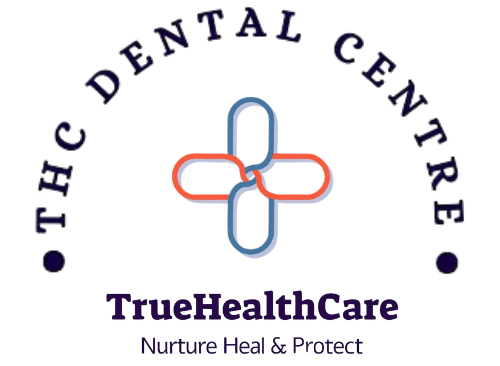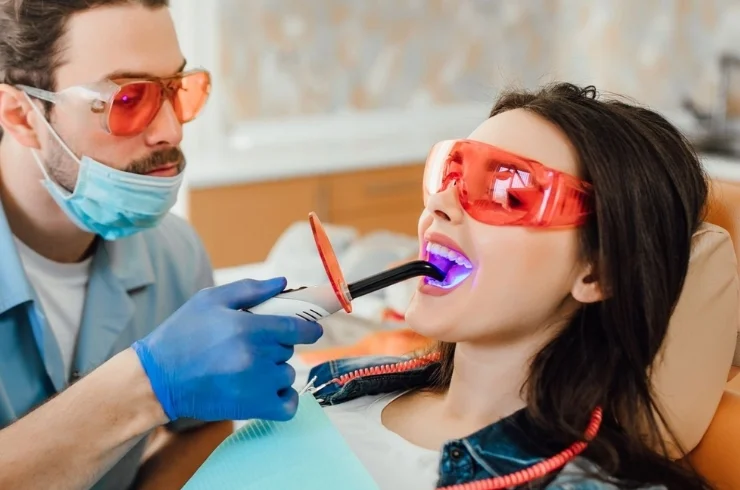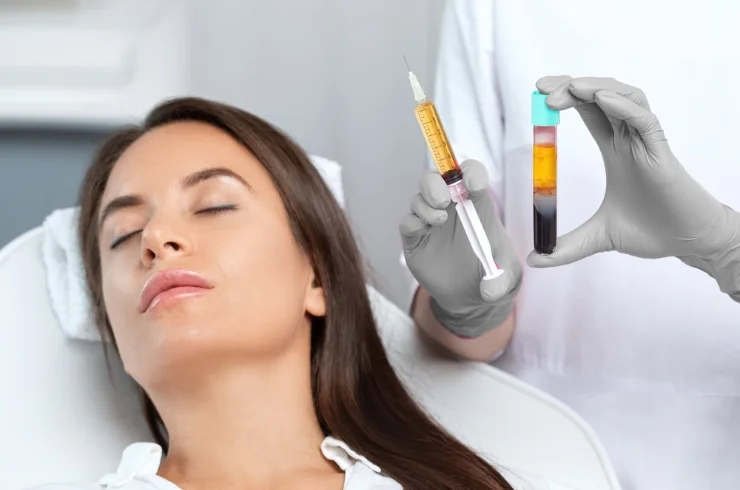
- Hyderabad, India
- +91-9121142043
- dr.meher83@gmail.com
- Book An Appointment


Full-mouth rehabilitation, also known as full-mouth reconstruction, is a comprehensive dental treatment that involves rebuilding and restoring all of the teeth in a patient’s mouth. This procedure is typically undertaken by a team of dental specialists, including general dentists, prosthodontists, oral surgeons, and orthodontists, to address various dental issues such as decay, trauma, misalignment, or extensive wear.
Full-mouth rehabilitation may be necessary in the following situations:
The process involves multiple stages and may include:
Full-mouth rehabilitation is often a multi-phase process:
Full-mouth rehabilitation is a transformative dental procedure that addresses a wide range of dental issues to restore both function and aesthetics. For individuals facing extensive dental challenges, consulting with experienced dental professionals who specialize in rehabilitation is crucial for achieving the best results. A personalized approach ensures that the needs and desires of each patient are met throughout the treatment process.

Laser dentistry uses focused light beams to diagnose and treat a variety of dental conditions. The technology has revolutionized many dental procedures, providing a less invasive option that minimizes discomfort and speeds up recovery time. Lasers can be used in various treatments, including soft tissue procedures, cavity preparation, teeth whitening, and more.
There are two primary types of lasers used in dental procedures:
Laser dentistry can be used for a variety of dental procedures, including but not limited to:
Laser dentistry represents a significant advancement in dental care, offering benefits such as reduced pain, quicker recovery, and improved precision. If you are considering laser treatment for dental procedures, it is advisable to consult with a dentist who specializes in laser dentistry to discuss your options and ensure that it is the right choice for your specific dental needs.

Digital Smile Design (DSD) is a revolutionary approach in cosmetic dentistry that utilizes advanced digital technology to create a personalized smile design tailored to a patient’s facial features and aesthetic preferences. This innovative technique allows for enhanced communication between dentists and patients, ensuring that the desired outcomes are clearly understood and desired by both parties.
DSD involves capturing high-quality images and videos of the patient’s face and teeth and then using specialized software to design and visualize the ideal smile. This digital blueprint can be modified in real-time as the patient and dentist collaborate on the aesthetic aspects of the smile.
The DSD process typically involves the following steps:
DSD can be utilized in various cosmetic dental procedures, including:
Digital Smile Design is an innovative approach that enhances the cosmetic dentistry experience by allowing patients to actively participate in designing their smiles. With its numerous benefits, including improved communication, predictability, and customization, DSD has become an essential tool in modern dentistry, enabling better outcomes and patient satisfaction.
